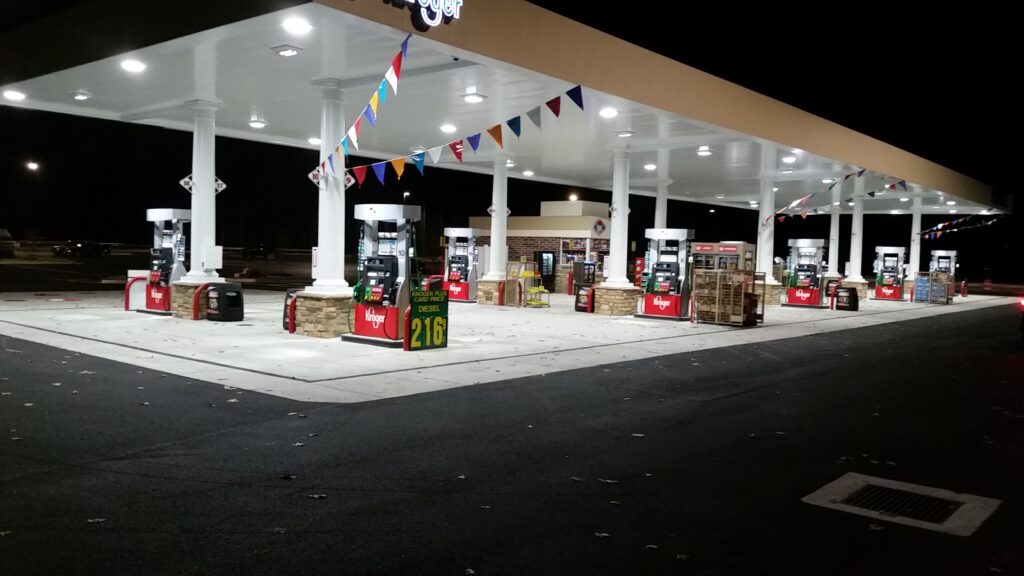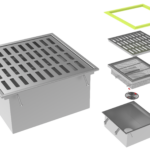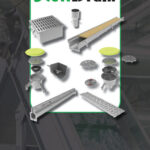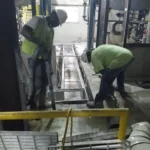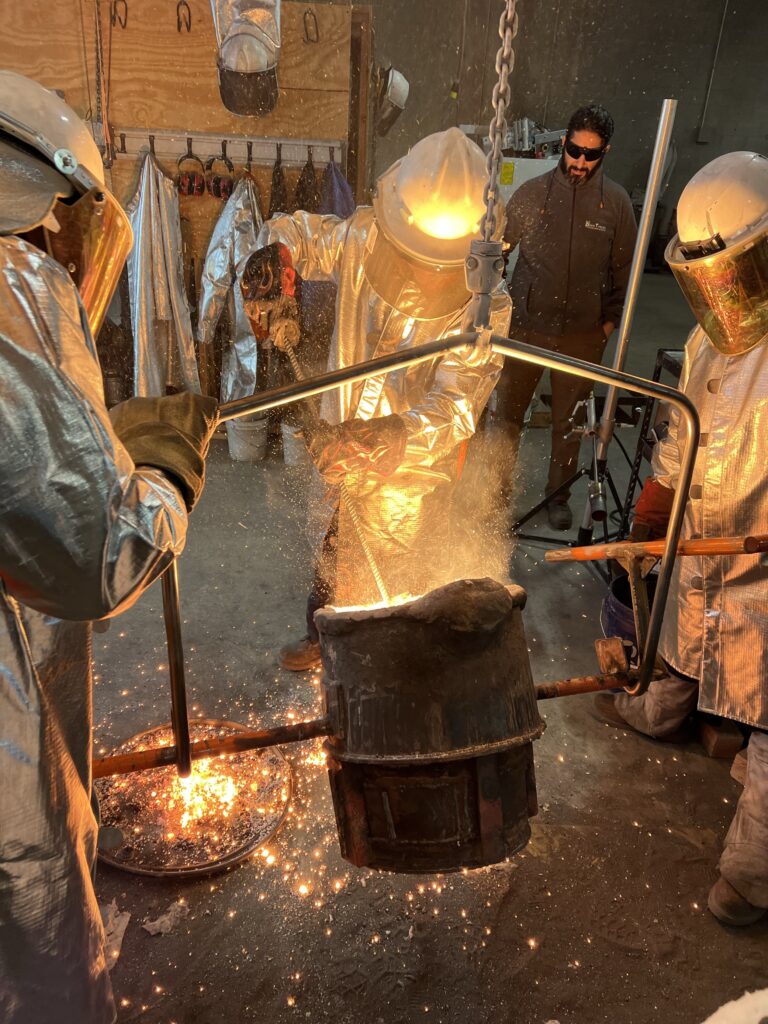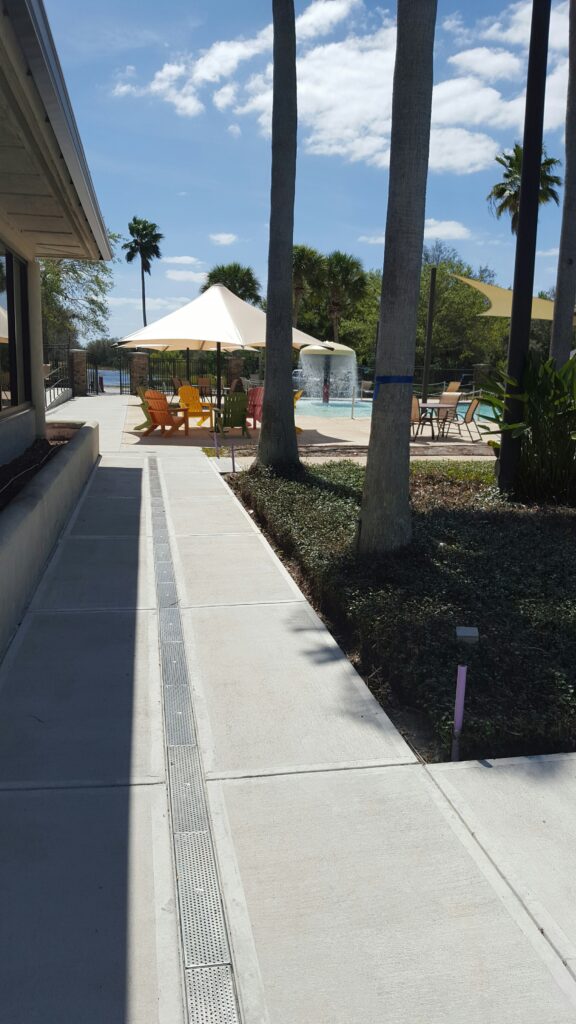Trench drains are a long-term investment and when the best product is chosen, they will provide decades of drainage service life. Unfortunately, we repeatedly see trench drain failures in a relatively short period because the incorrect or inferior products were installed. A properly designed trench drain will last for 25-50 years or longer. The wrong trench drain will often fail in 2-5 years, and sometimes, even sooner. So, what should you look for?
The top edge of the trench drain receives traffic and supports the trench drain grate. Despite it being the most visible section of the system, this is one of the most overlooked parts of a trench drain. On our DuraTrench systems, this is called the frame. You’ll see why we call it later in this article. On most other brand systems, this top edge is integrated into the body of the trench drain. From an engineering standpoint, this part of the trench drain is solely responsible for supporting the load, or weight, that is placed on the grate by transferring it to the surrounding concrete. If the design or material of this portion of the system is not perfect for the load that is expected, the system cannot transfer this load to the surrounding concrete.
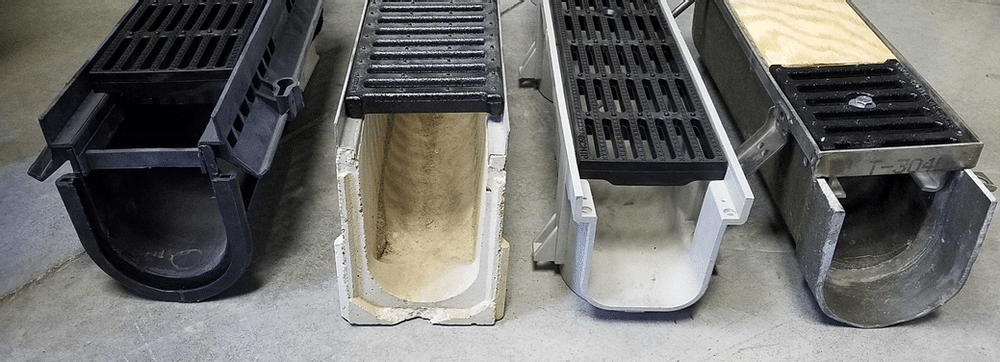
Four factors determine the minimum sufficiency for load transferability of the trench drain frame:
The frame material
The frame gauge or thickness
The bearing area
The anchoring of the trench drain system
The frame or top edge of the system must be sufficient in all of these categories to adequately perform. If any of these areas are deficient, then the frame will fail and thus, the entire drain system will fail prematurely.
Frame, or Top Edge, Material
Materials are rated for load classes by independent testing. If the frame material is promoted as suitable for a particular load class, then it passes this criterion (Use this link to learn more about common load classes.) Note that some materials, such as plastics, can initially accept more weight but because of environmental exposure to sunlight and weather, will degrade the material, making it brittle and prone to fracture with age. Likewise, metals that are not properly protected can also corrode over time, resulting in loss of strength. Choose your material wisely. With proper compressive and tensile strengths that can handle decades of environmental exposure.
Frame Gauge / Thickness
No matter the material, if the gauge is too thin, it will fail. The thinner the material, the weaker and more flexible it becomes. Even if you choose a material with chief strength, it can still bend or break if it is not sufficiently thick. This is true of all materials, including plastics and metals. Thickness typically costs more money upfront but will reduce lifetime costs.
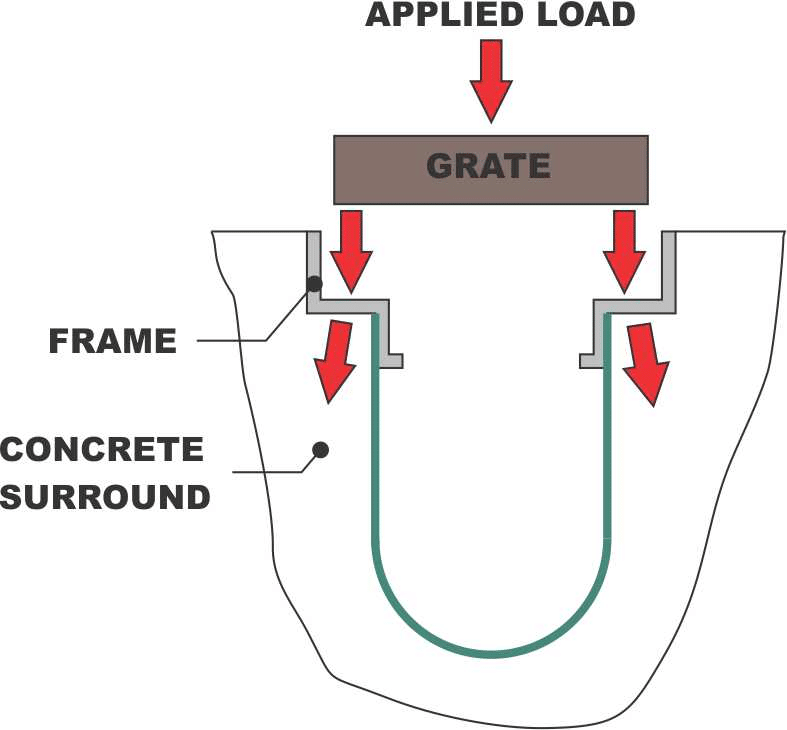
The Bearing Area
If the frame material and gauge are sufficient, then any weight applied to the trench drain system will be transferred to the backside of the frame to the supporting concrete. If the drain is resting on a large enough area, then the load will pass out of the system and into the surrounding concrete. This load transfer area is called the bearing area. The loading transferred on this bearing area cannot exceed the strength of the concrete.
Anchoring of Trench Drain System
Trench drain systems must be firmly and securely anchored into the concrete. As traffic moves over the frame or top edge of the system, torque and lateral loads are forced onto the system. To resist these loads, anchors are used to securing the system into the concrete. The larger, longer, and thicker the anchors, the better equipped they are to handle larger dynamic loads. When a system is not anchored, the system can come loose from the surrounding concrete and cause the channel wall, or concrete, to prematurely crumble and deteriorate. This is why all Dura Trench trench-drain systems use a precisely engineered frame that can be strongly anchored into the concrete surround.
Before specifying or purchasing a trench drain system, be sure it meets the minimum sufficiency for load transferability into the surrounding concrete. If it does, you can expect a long life from the trench drain system’s frame. Learn more about specifying trench drain components here!



